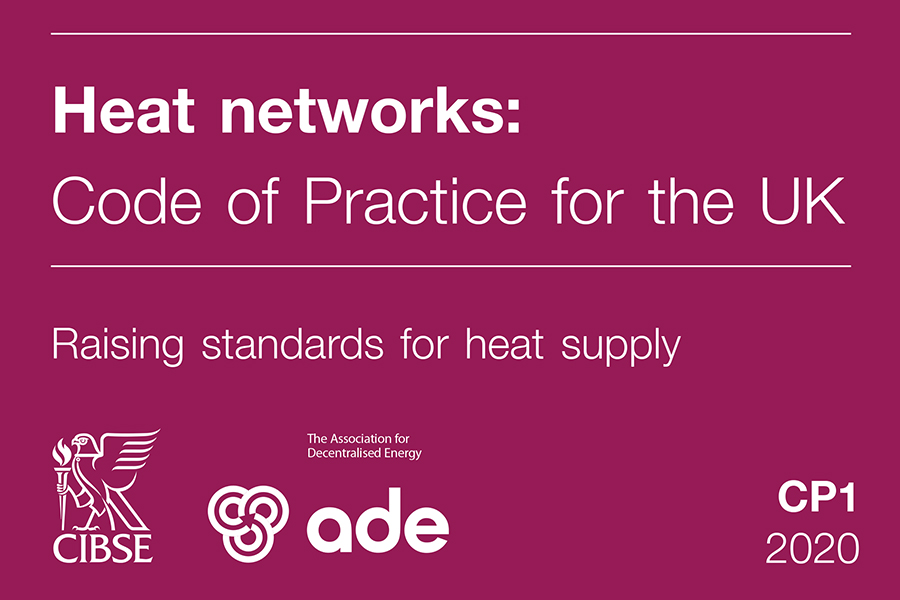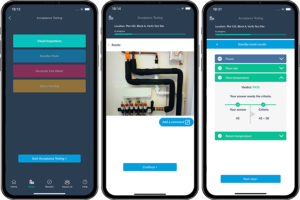In January 2020 CIBSE and the Association of Decentralised Energy published CP1: Heat networks: Code of Practice for the UK (2020) (also known as CP1 2020).
While the original CP1 proved influential in providing minimum standards for heat networks in the UK from design to operation stages, the updated version captures the progress the sector has made over the past few years. It reflects greater understanding, technological advancements and feedback from industry.
CP1 2020 is comprehensive, with hundreds of recommended minimum standards and best practice points. However, one area of the Code that has seen significant change is around capturing heat network performance data, both before residents move in, and in operation, to ensure good performance.
While these changes could feel like extra hoops to jump through, the technology available to heat network designers, constructors and operators has kept pace with the growth of the industry.
This post covers:
- Using performance data to avoid network oversizing (Key Theme A in CP1 2020)
- Using technology to deliver quicker, cheaper acceptance testing (Objective 5.7 in CP1 2020)
- Capturing data from networks in operation to improve performance (Objective 6.5 in CP1 2020)
Using performance data to avoid network oversizing

One of the biggest and most common design problems for heat networks is oversizing. Oversized networks result in capital budgets being wasted on plant, pumps and pipework that are larger than required. It also results in poorer heat efficiency of the system over its service life. In other words, oversized systems cost more and frequently perform worse than those that are correctly sized.
CP1 lists a number of high-level strategic aims, one of them being ‘Correct sizing of plant and network’. The Code goes on to say:
When dealing with unfamiliar technology, designers will naturally be cautious, and this can give rise to conservative designs that are more costly and have lower performance. However, it is also necessary to consider the potential for expansion of the scheme to adjacent buildings, especially when planning energy centre layouts and sizing the primary network branches. Establishing a balance between sensible future-proofing and disadvantageous oversizing is an important strategic consideration.
Oversizing is a common problem because designers lack confidence that their designs will meet peak demand. To avoid liability risk and potential legal action, they compensate by oversizing, because they have few incentives to do otherwise. This lack of incentive results in a significant degree of oversizing; Guru Systems routinely encounters systems designed for loads three or four times larger than they will ever actually experience.
In 2016 as part of a project for BEIS, Guru Systems examined data from dozens of networks in the UK. We identified oversizing that, if addressed, would reduce capital costs of the networks by 30% thanks to more accurate plant sizing based on ‘real life’ operating information.
Data-led design
Better diversity calculations, like those in CP1 2020, are a crucial first step to avoiding oversizing. In addition, giving designers access to real life peak load data gives them confidence that their designs are sized correctly. Software platforms that display performance data captured from heat networks in operation like Guru Pinpoint are key to reducing costs and carbon over time.
Using technology to deliver quicker, cheaper acceptance testing
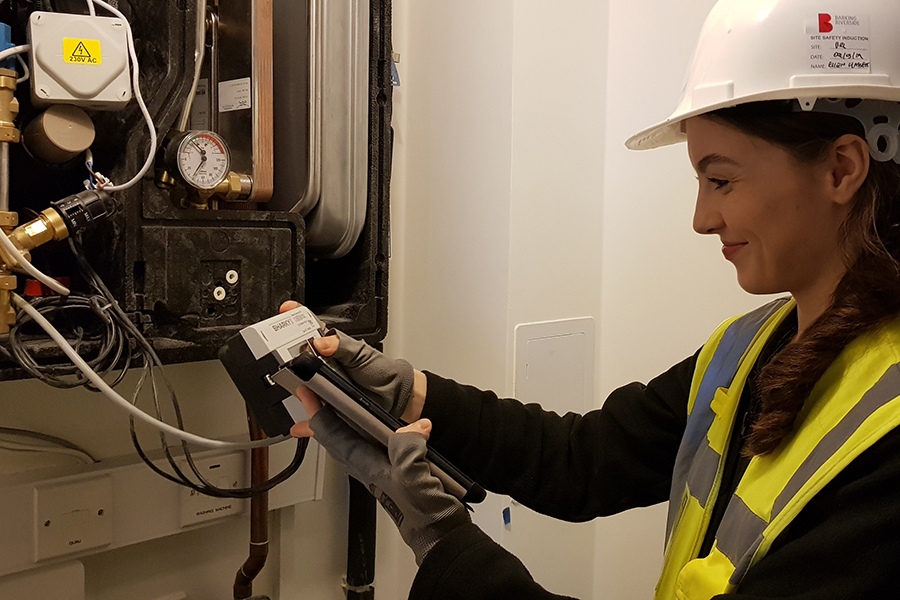
One of the biggest changes to CP1 2020 was the introduction of independent acceptance testing – what heat networks consultancy FairHeat describe as ‘rigorous testing to verify dwelling performance by ensuring the installation, commissioning and operation are as per the design and performance specification’.
No longer will it be enough for subcontractors to simply provide commissioning certificates in order to demonstrate that key parts of the heat network are working as promised. Now independent testers will measure outcomes using data.
The acceptance testing process as described in CP1 2020:
Independent acceptance testing shall be carried out on the first 10% installed, then, if they pass, a randomised 10% sample of the remainder. If any of the first 10% tests fail to meet the requirements then acceptance testing shall continue on the next 10%, and so on.
The minimum standard is to carry out acceptance testing on 20% of dwellings (assuming they all pass) but ‘best practice is to carry out independent acceptance testing on 100% of dwellings’.
Guru Systems has been monitoring heat networks for almost eight years, and we’ve learned that it only takes a few misbehaving HIUs to badly impact heat network performance. For this reason, we’d always advocate acceptance testing on 100% of dwellings, as the “10% plus 10%” minimum standard is too likely to let the bad apples through.
Innovation for quicker, cheaper acceptance testing
While testing 100% of dwellings has historically been a lengthy process, innovation in the market now means that acceptance testing can be delivered using mobile apps such as Guru Verify, making the process much quicker. Defining testing criteria in advance also removes the need to carry hard copies of supporting documentation.
Capturing data from networks in operation to improve performance
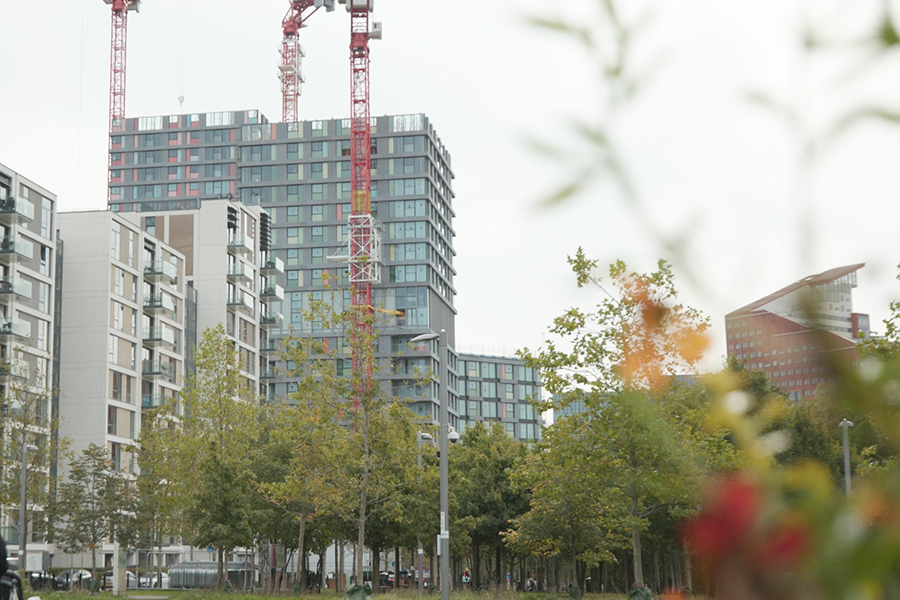
Another strategic high-level aim of CP1 2020 is ‘Achieving low network heat losses’. The Code outlines that there is evidence that network heat losses in many schemes are higher than they should be, especially for distribution systems within newly constructed apartment blocks.
Following the mantra you can’t manage what you don’t measure, CP1 2020 recommends the capture of performance data on at least a half-hourly basis. This data should including the energy (kWh), flow temperature (°C), return temperature (°C), flow rate (l/s) and instantaneous power (kW).
Machine-learning algorithms support good outcomes on heat networks
With the above readings, analytics software such as Guru Pinpoint can be used to derive Delta Temperature and Volume Weighted Average Return Temperature (VWART) broken down by each mode (Space Heating, Domestic Hot Water, Standby). It is also possible to calculate Bypass Flow, Bypass Flow Percentage, Network Heat Loss and Heat Loss Per Dwelling.
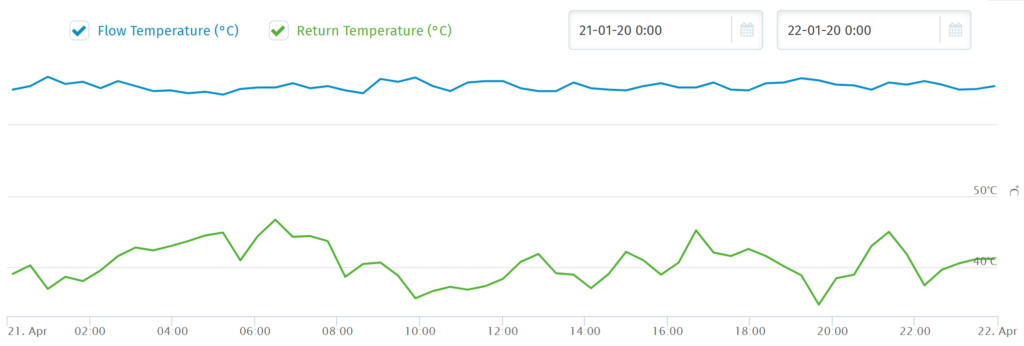
These metrics are key performance indicators for heat networks and allow heat network operators to spot a variety of problems including:
- Bypasses left open
- Domestic Hot Water set-point too high
- Space heating set-point too high
- Space heating circuit not balanced
- Heat Interface Units faults, including faulty valve operation, faulty thermostat and incomplete commissioning
Interventions can then be delivered on a targeted basis by the client’s maintenance provider.

